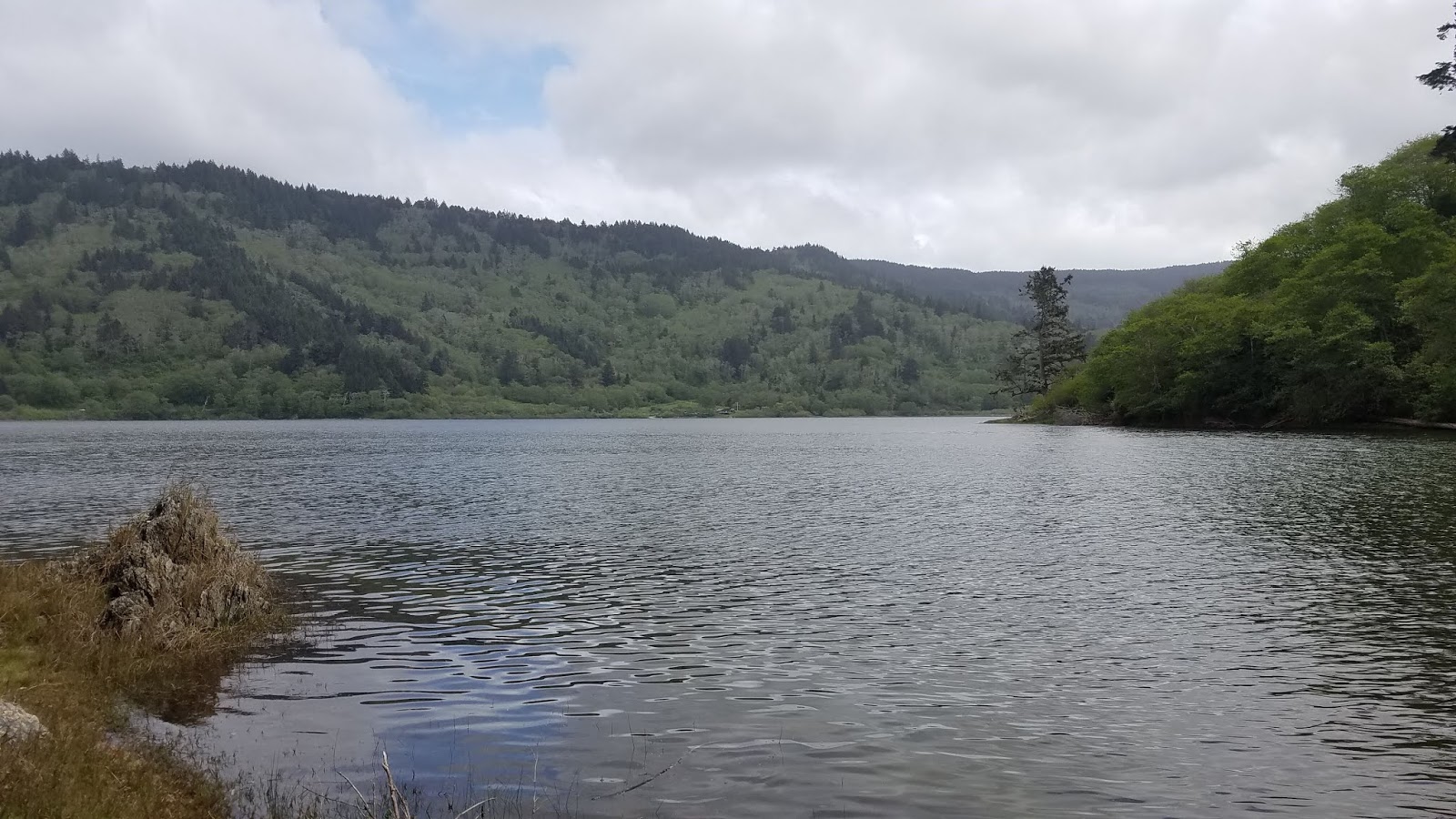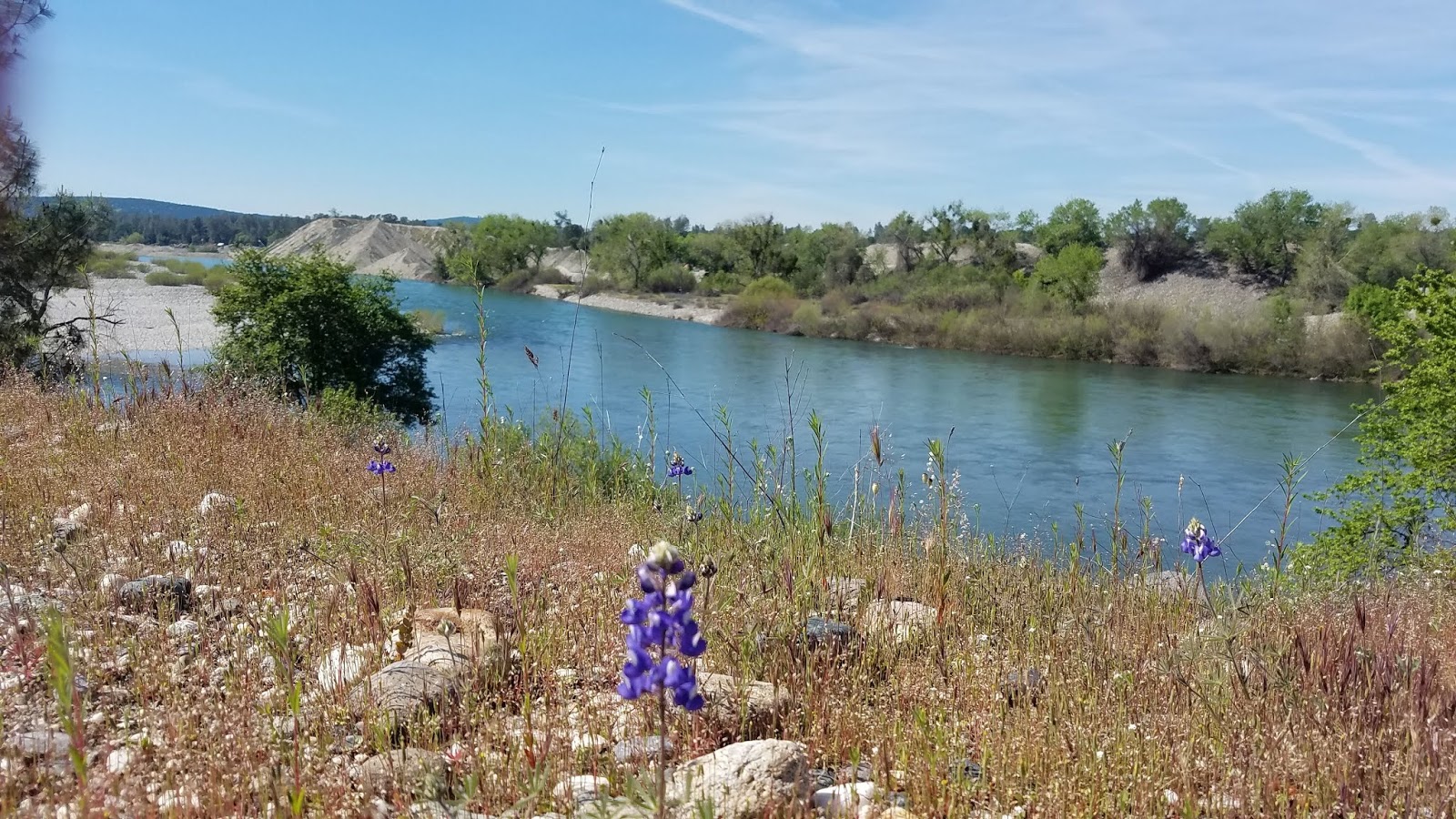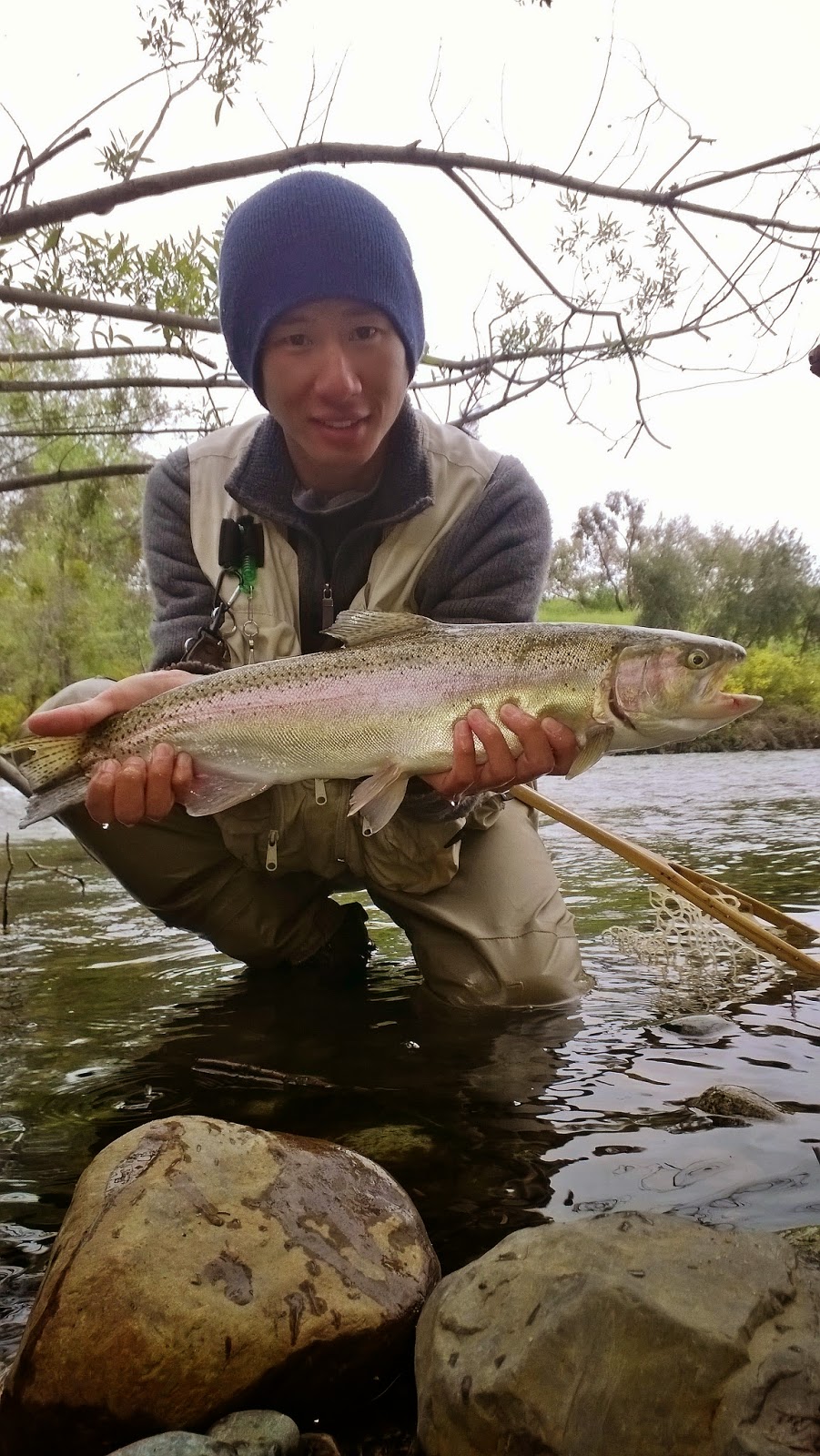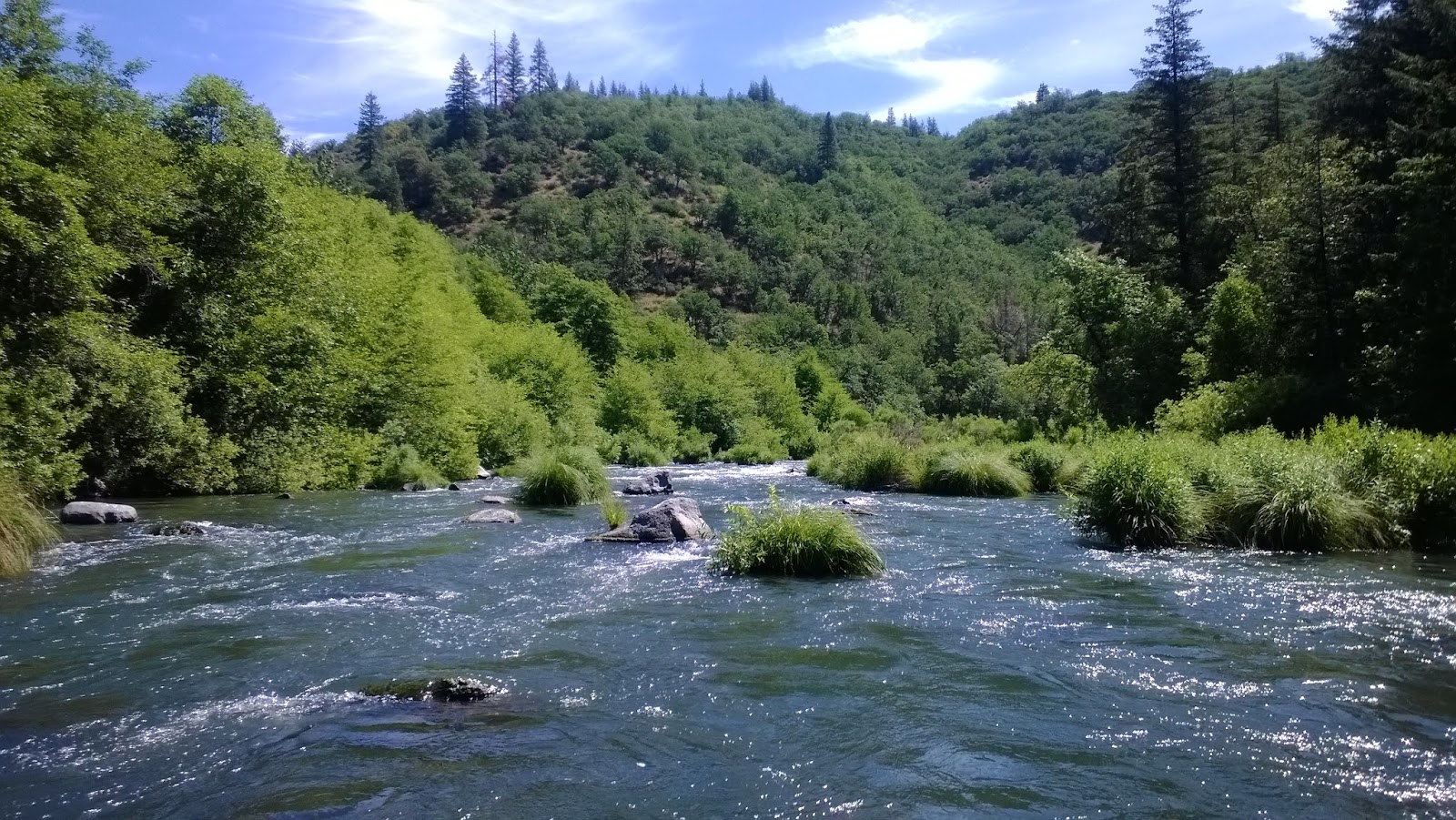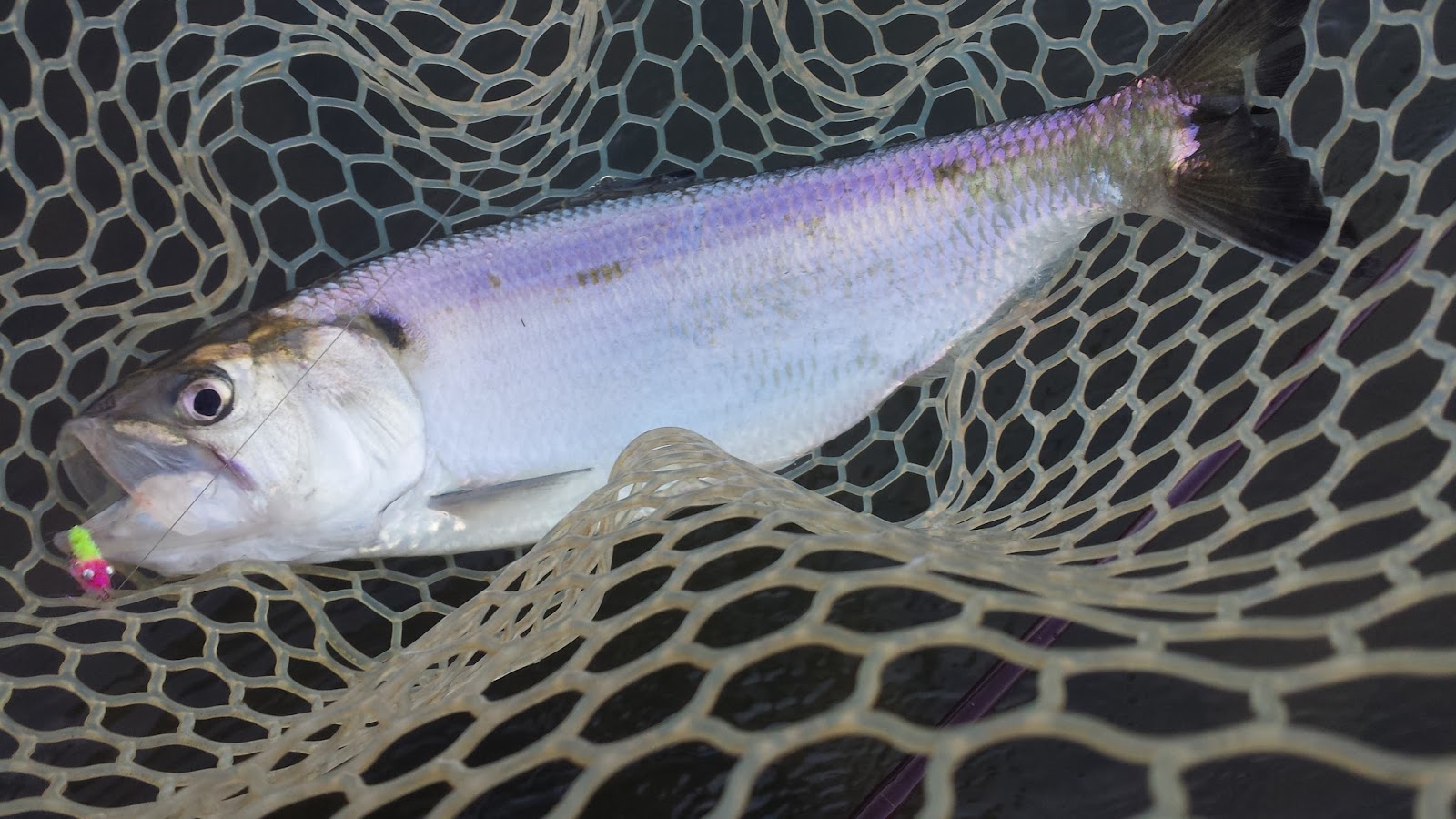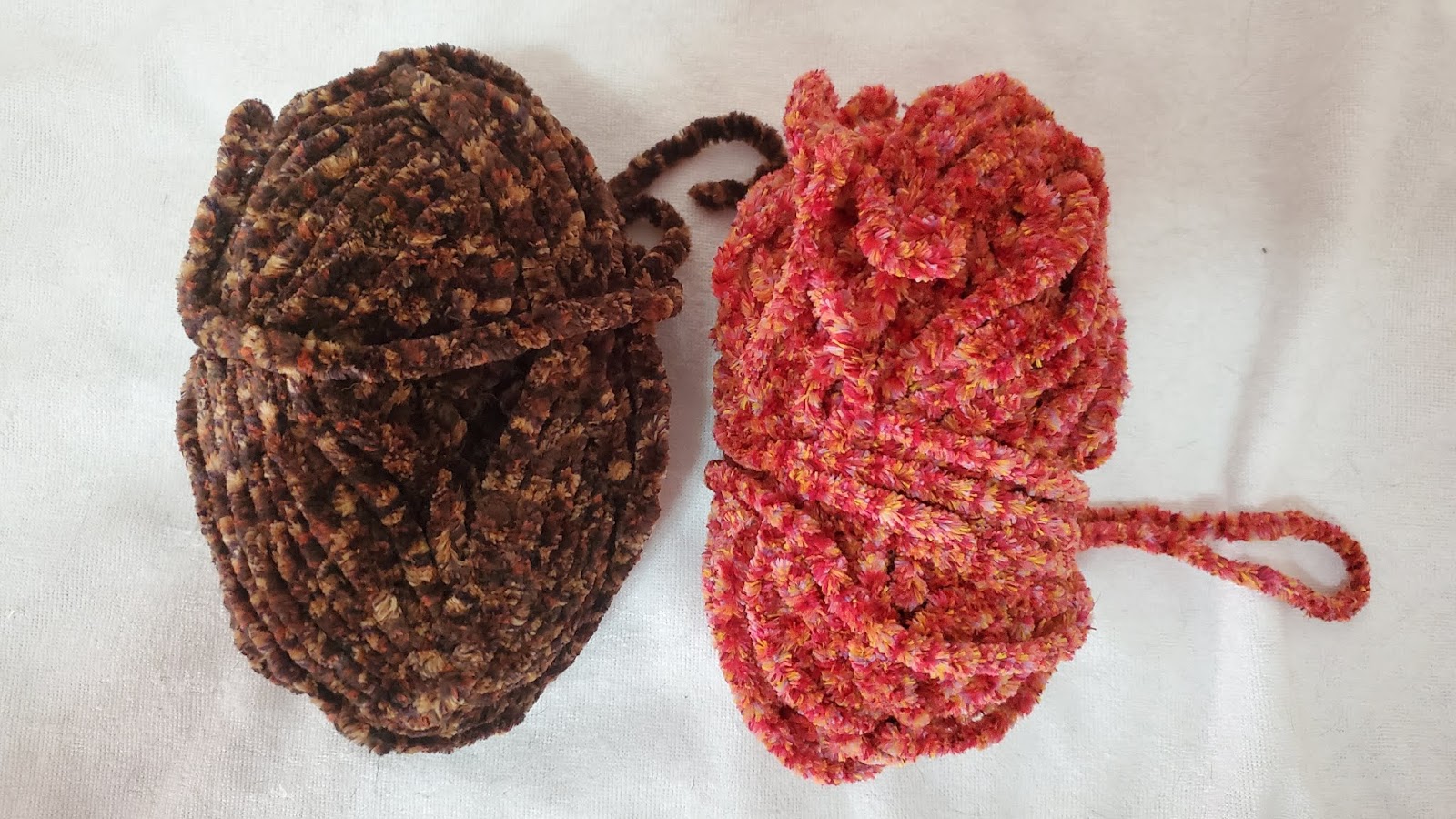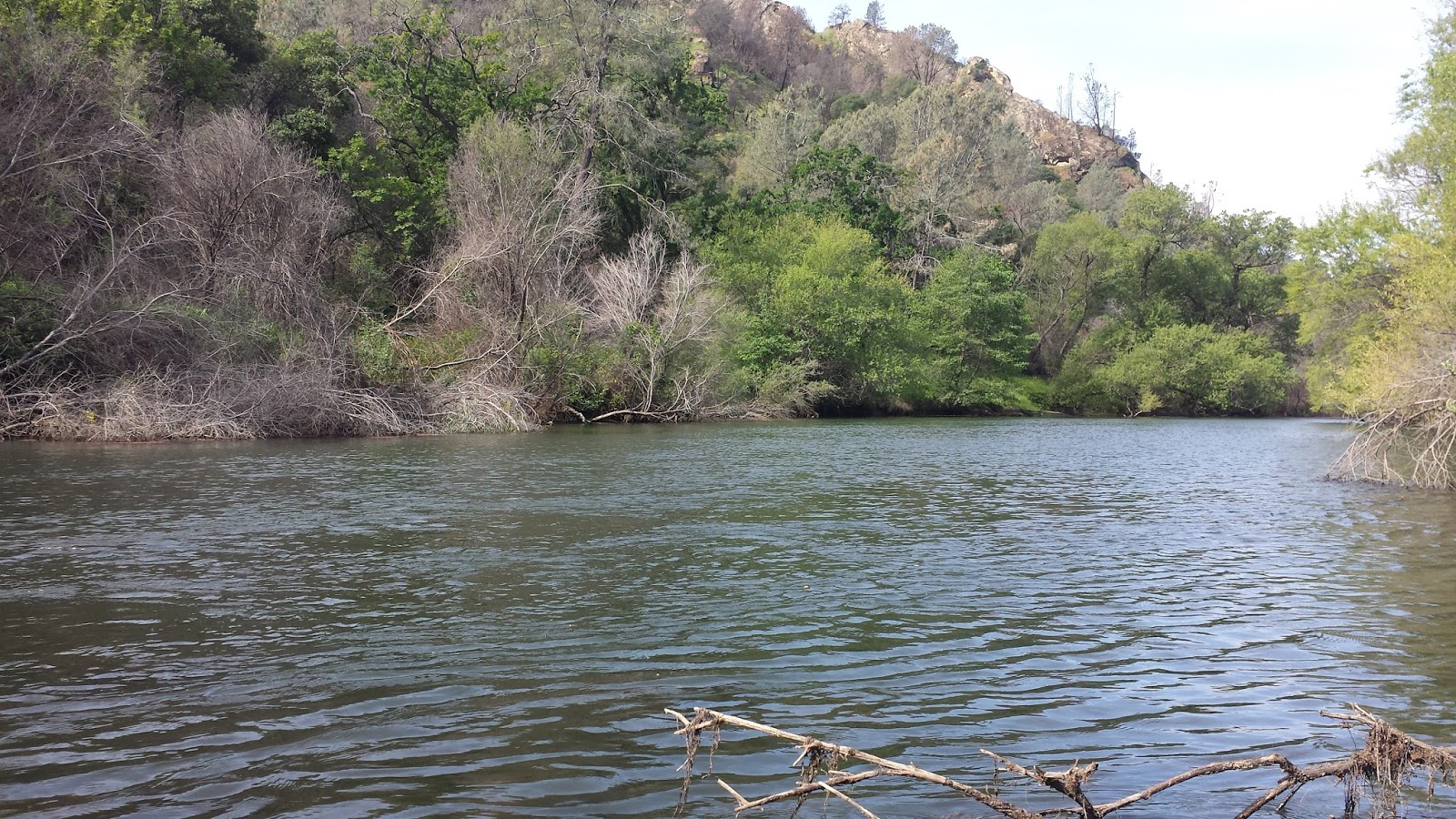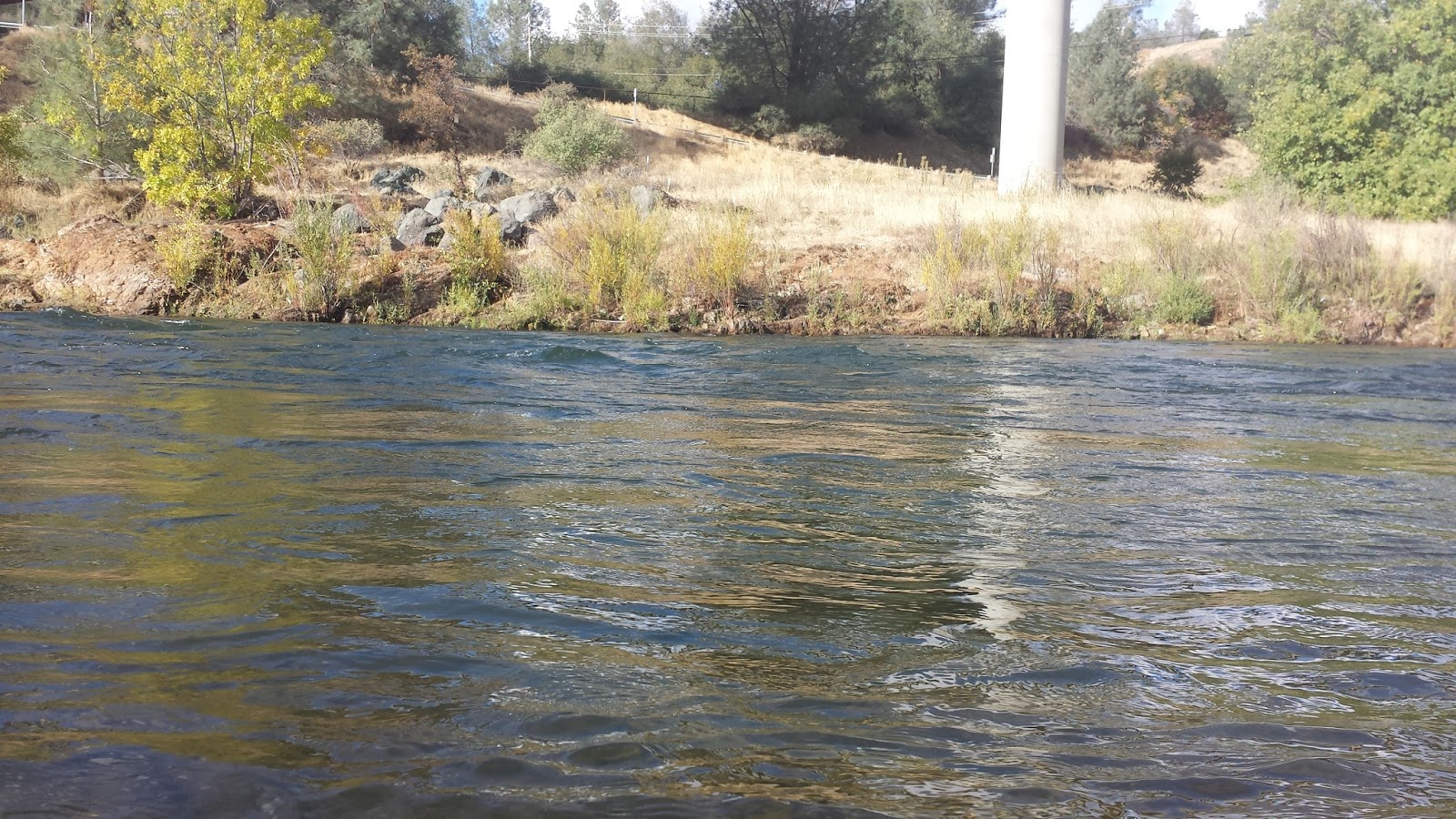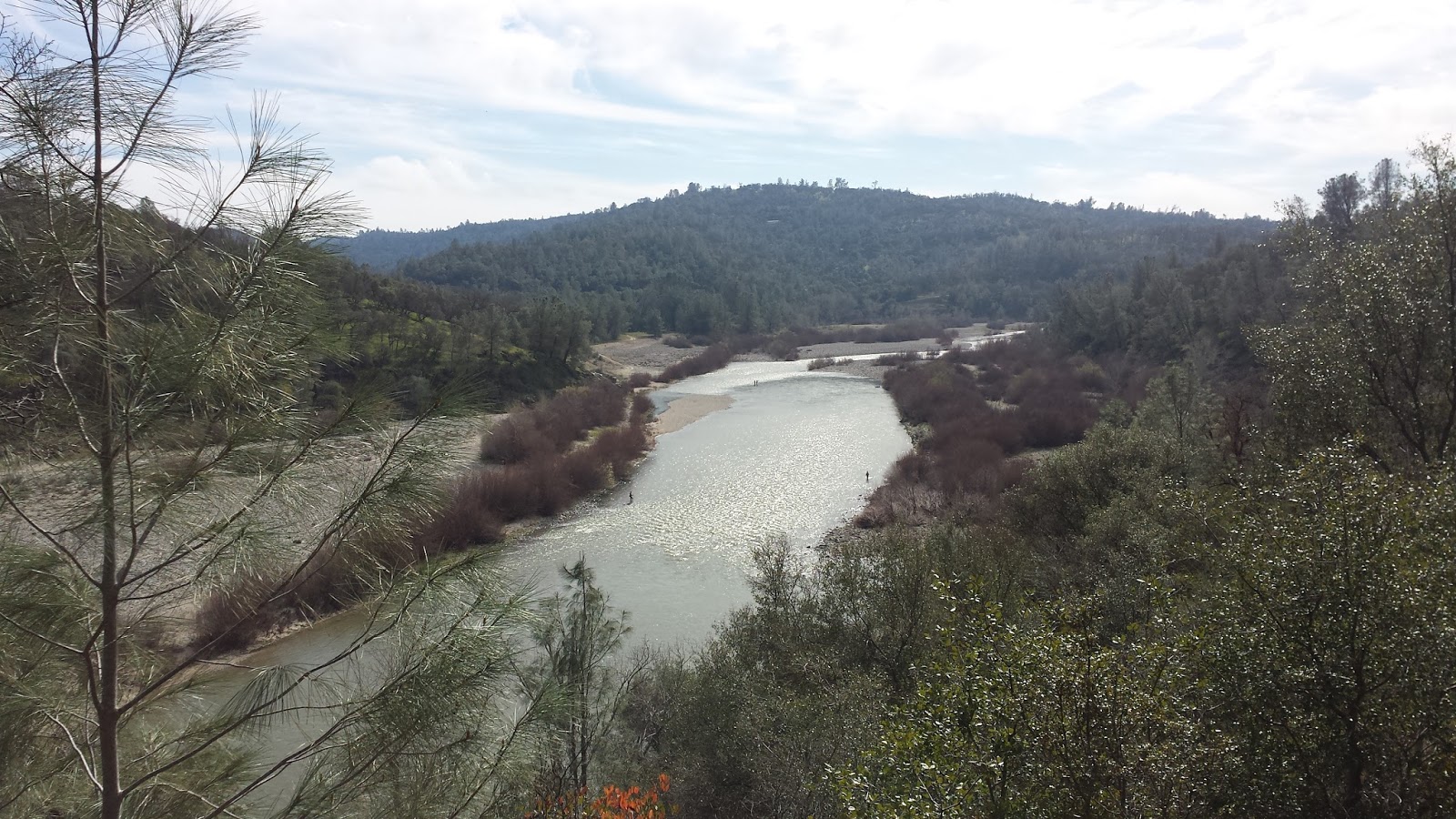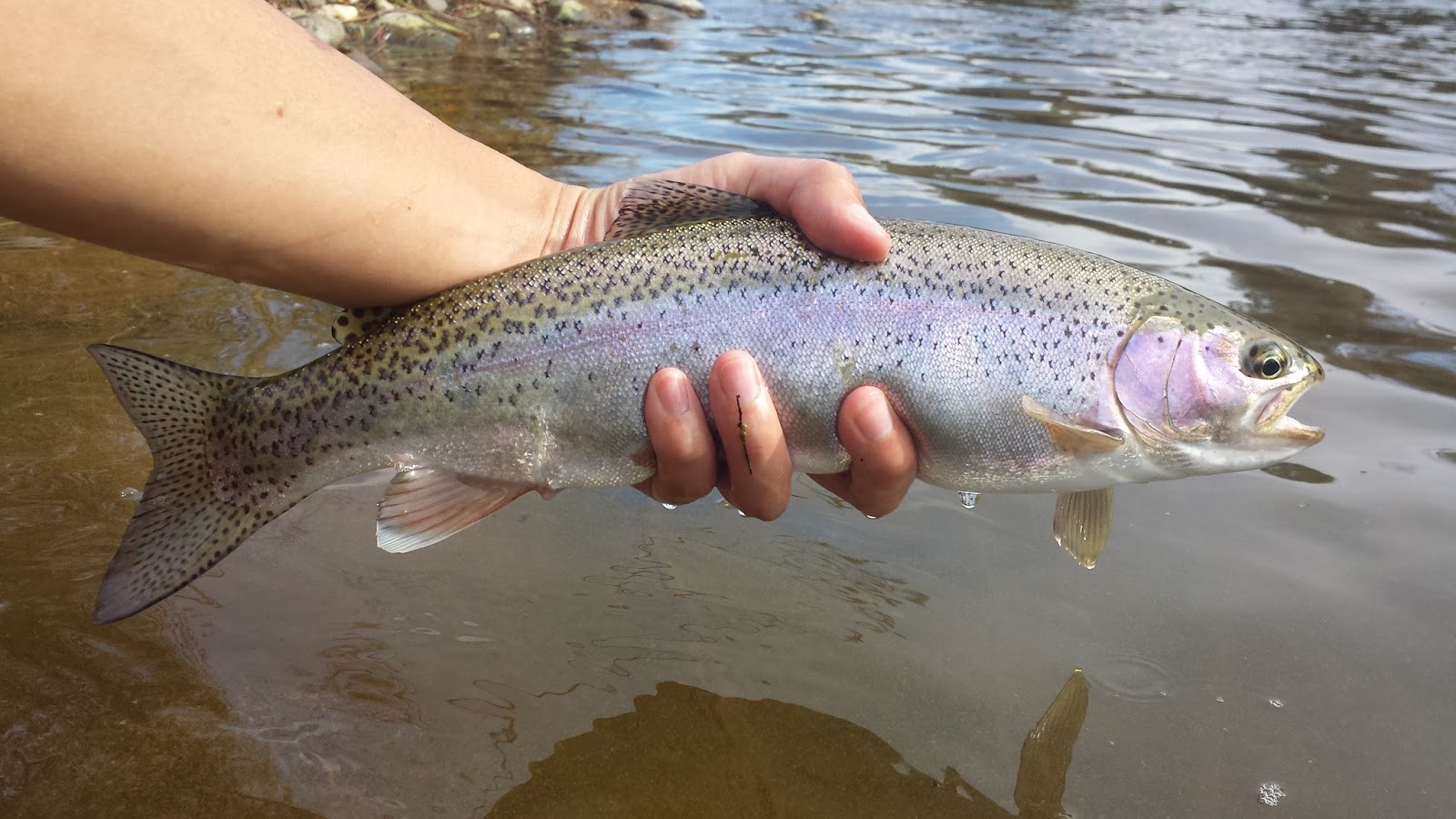Stone Lagoon & Mad River Beach
My wife and I made a two day camping visit to Patrick’s Point last weekend to enjoy the beautiful north coast. We were unfortunate to be there the only day of the month were it was going to rain. Due to the heavy downpour the fishing conditions were poor however I gave both Stone Lagoon and the surf a try regardless.
My efforts were fruitless and I didn’t end up catching any fish during this trip. Fishing on the north coast tends to be a hit or miss due to the wet weather however it is always nice to be surrounded by giant redwoods, wild elk, and ocean.
Yuba River
The flows are at 6k right now making it nearly impossible to fish. It’s a bit of a disappointment because the water looks amazing and the goldfield wild flowers are in full bloom. I found a few productive spots at these current flows but they were few and far between. I managed to hook and land one nice Yuba rainbow during my short outing.
At this rate it looks like it’ll be high flows until fall.
